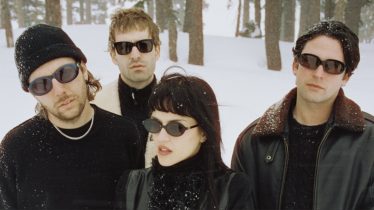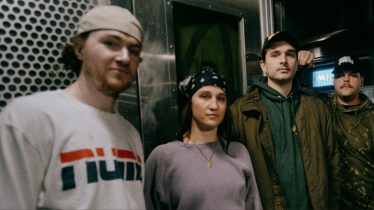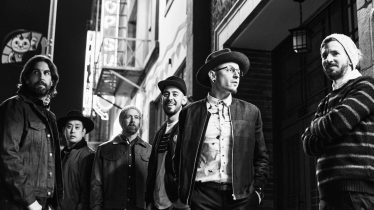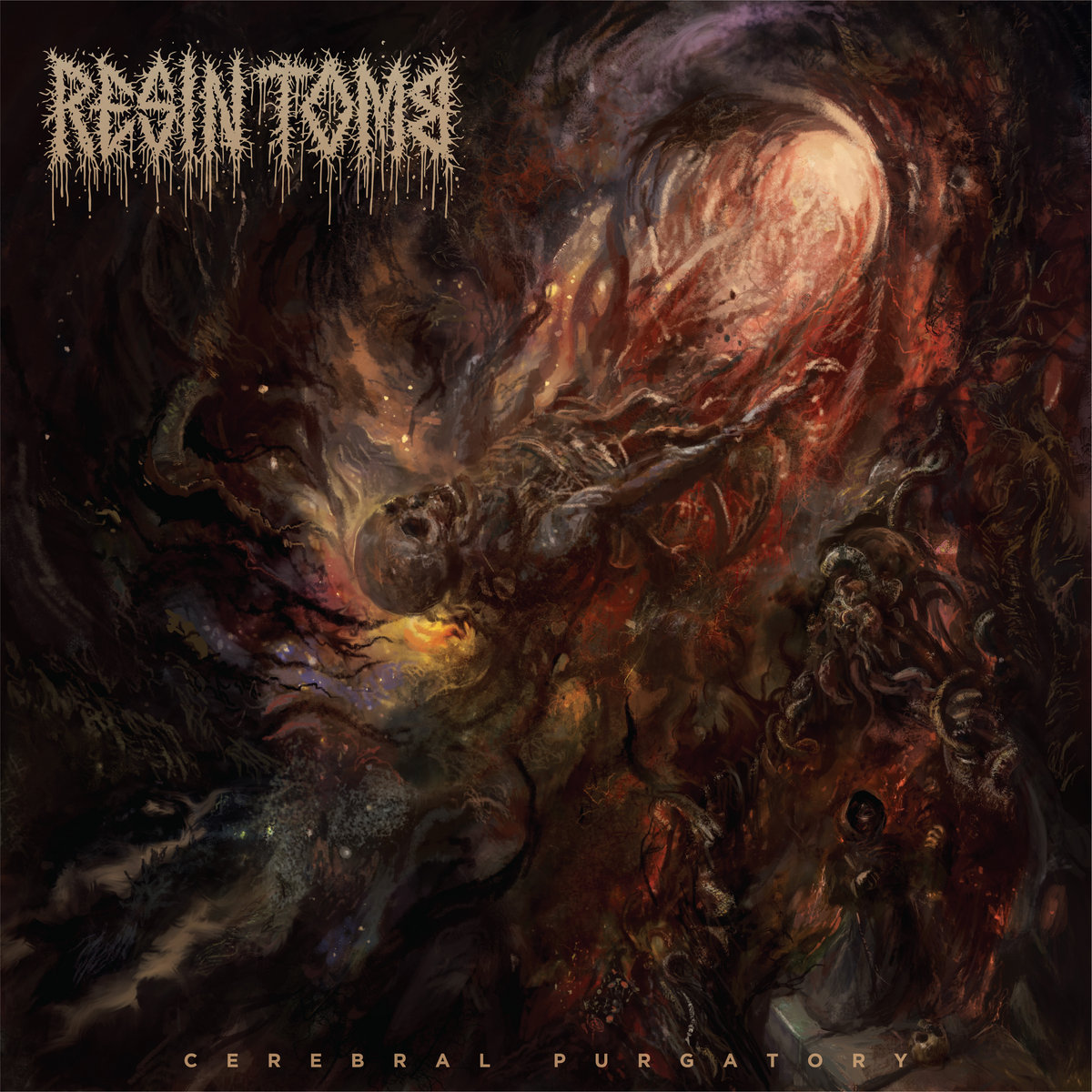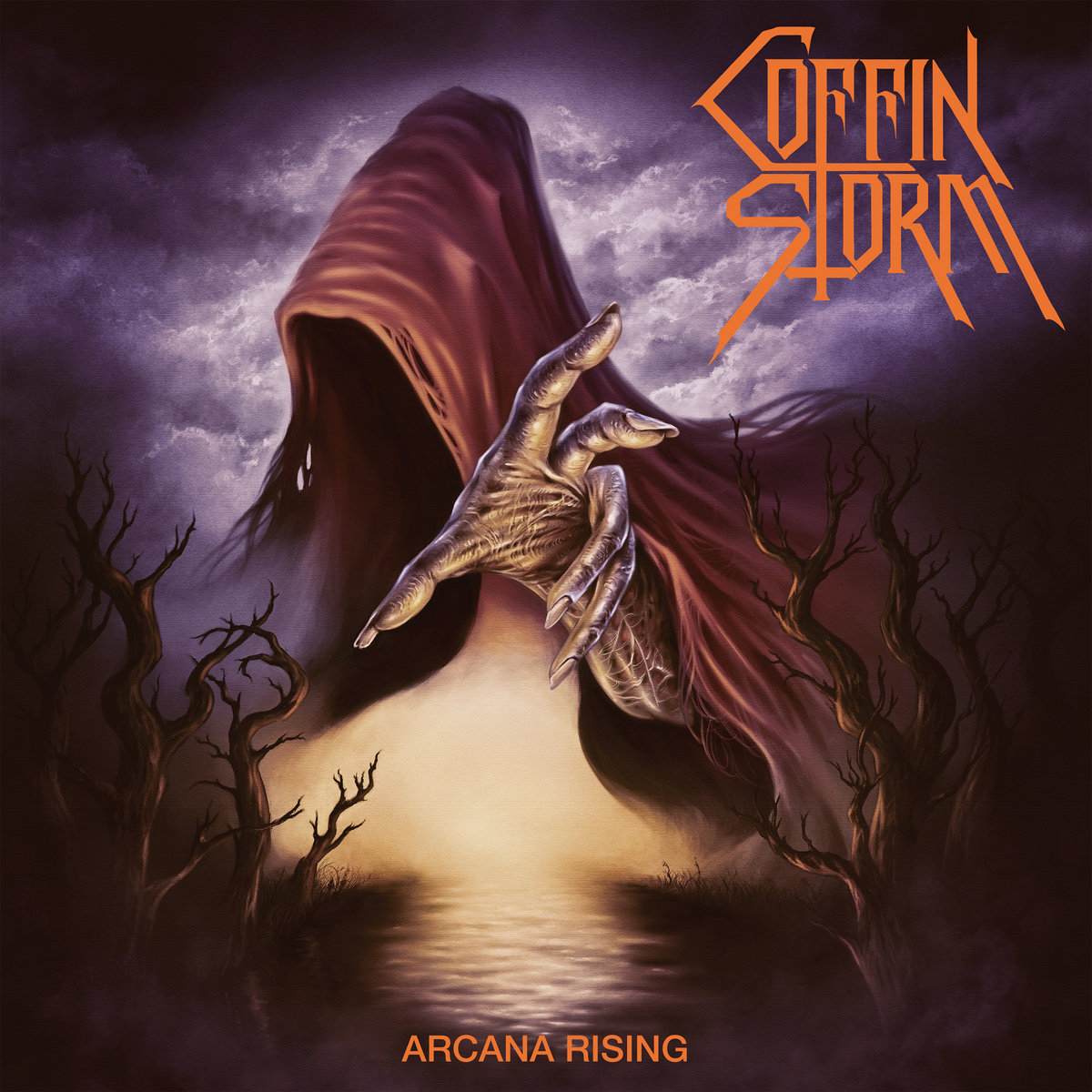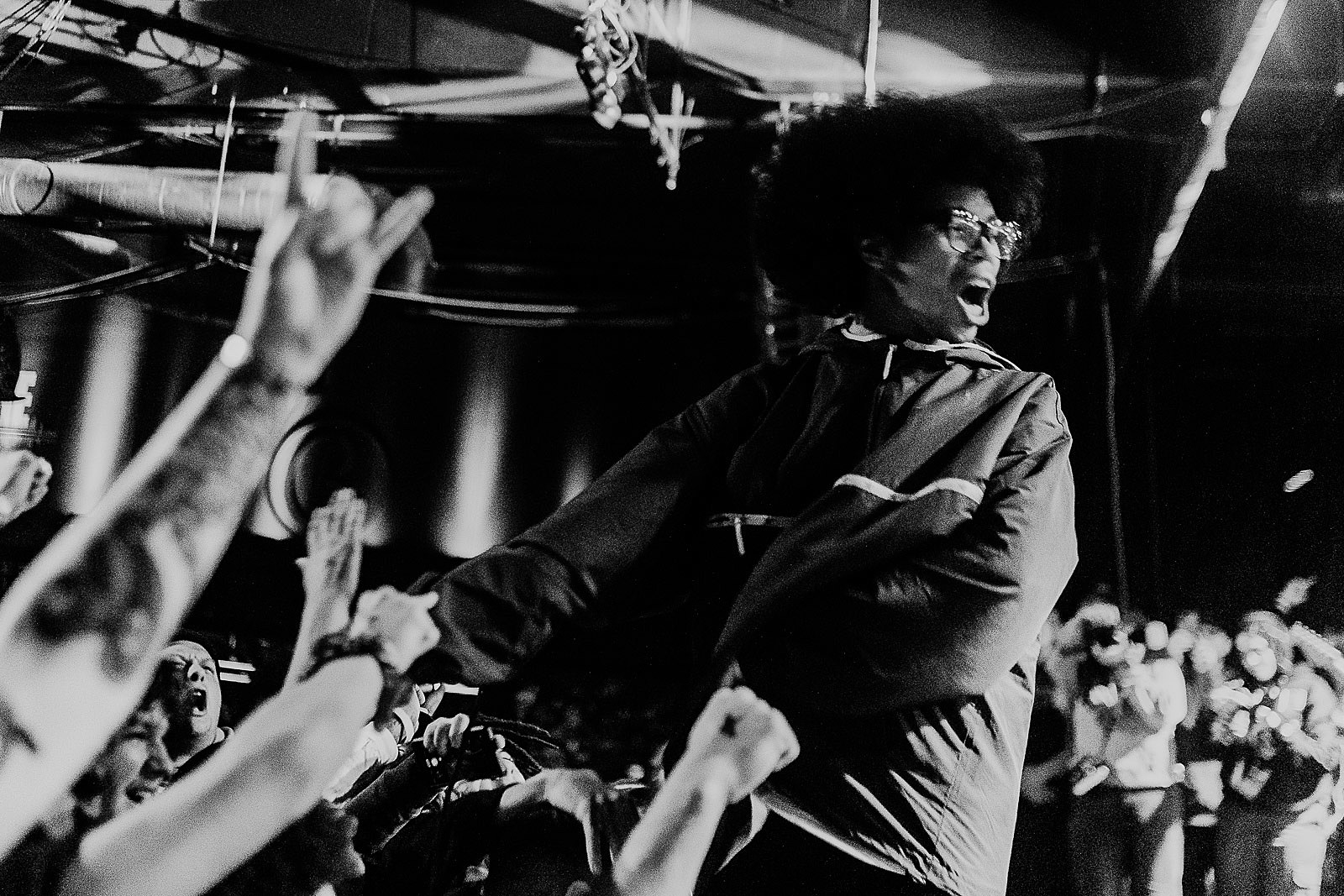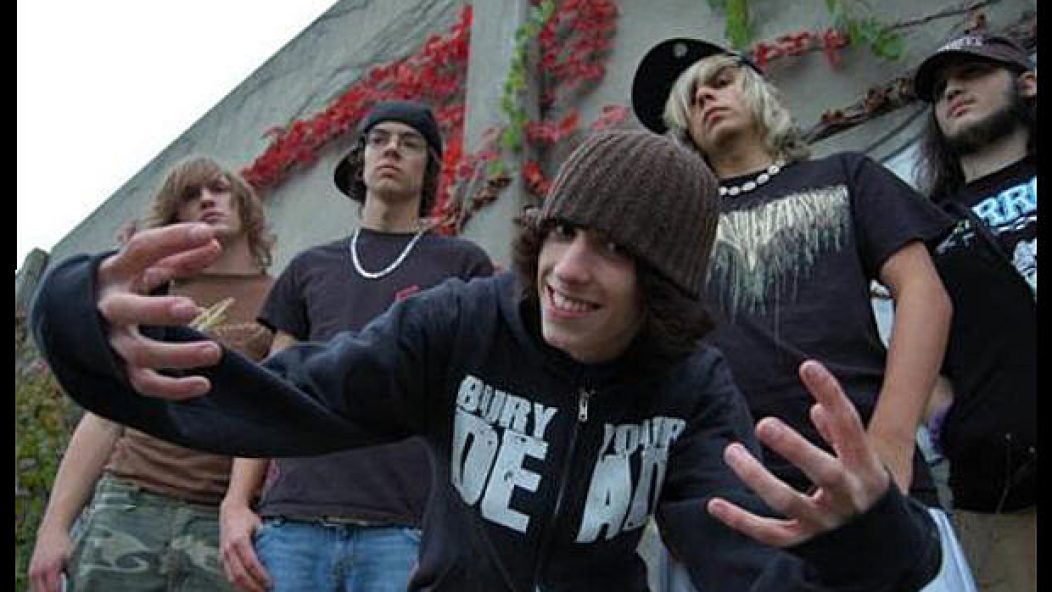
Throwback Thursday: Ode To Our Favorite Local Bands
Support it, hate it or live and die by it, we all have our local scene—the community that converges in shady old garages, peoples' backyards and basements, VFW Halls, gymnasiums or local churches and brings together all the the kids whose favorite bands aren't on the radio.
Playing and gaining respect in the local scene is a crucial first step for most bands, but some good bands just never make it out alive. But we contend that that doesn't mean they should go unsung. So, in this week's Throwback Thursday, we're singing a love song to our long lost local favorites.
A BEAUTIFUL BURNING
Things could get pretty boring growing up in suburban Michigan. But in the mid-2000s, the metalcore boom hit us hard—along with Myspace, swoopy hair and girl pants—and became the dominant force at local shows. Everyone was in a metal band, and it all actually grew into a pretty active scene. As far as I can remember, Livonia’s A Beautiful Burning were the top heavy band in that scene. I was never a big local show-goer myself, but ABB caught my ear after my friend’s ridiculously heavy and short-lived band, When This Dies (great name), opened for them at this shithole called the Internet Café—the central hub for all things scene at the time. They sounded like a mutated, radioactive stepchild of Suicide Silence and early Bring Me The Horizon. But underneath all the noise, they had a great sense of melody that reminded me of traditional death metal. Also, just listen to those screams. It doesn’t get much more brootal than that. Last I heard, they had some member changes and eventually called it quits. —Matt Crane
BETWEEN WALLS
Between Walls hailed from the sticks outside my hometown of Syracuse, New York, bringing fart humor and a raw, rural sensibility with them. (At one point they sold shot glasses, many of which came pre-tested by the members.) Their traditional rock ‘n’ roll foundation favored the nuanced post-hardcore of their mid-'00s peers like Moneen, Small Brown Bike, the Casket Lottery and Mock Orange. They were the everyman of our scene, found playing (and partying) in dive bars, on college campuses and opening the occasional package tour. BW never really made it out of central New York—as the case with many locals—however there were a few teeny tour attempts, one with Jena Berlin (whose members later formed Restorations, going strong on SideOneDummy). By the time their spectacular debut full-length, The Currency, came out of the now-premiere Syracuse studio More Sound in 2006, they'd pretty much given up hope trying to be a band anymore. That part is a cryin' shame, but this writer is ecstatic to pay 'em tribute now. Better late than never!
With the blessing of the band, you can download Between Walls' lost gem of an album on the Internet, for the first time ever. —Brian Kraus
CARLY'S DAY OUT
I've written about my favorite local band, Gods Reflex, at length before, but they were special partly because they transcended their “local band” status, putting out records on a respected indie label and touring the U.S. a few times. So to pinpoint my real favorite local band—the kind of band that self-releases CD-Rs, plays local shows every other weekend and barely leaves the state—I have to go with Carly's Day Out. Formed out of the ashes of Third Generation Mafia (whose cassettes I still own and whose T-shirt I still have somewhere in my parents' house), CDO featured vocalist/guitarist PJ Heckinger, bassist Paul Lask and drummer Steve Van Horn. I saw them roughly a million times around the turn of the century, in coffee shops, church basements, a Salvation Army gymnasium and anywhere else a PA could be plugged in. Their sound was a sort of rough-hewn pop-punk á la early Alkaline Trio or Face To Face mixed with some seriously gruff vocals and a lot of big sing-alongs (and tons of snare rolls). Their finest moment was their only full-length, 2001's …The Past Is Behind Us, which, amazingly, exists in its entirety on YouTube. (I recommend starting with “Diamond Ice” or “Shapeshifter.”)
CDO wasn't the end of these guys' musical careers: Heckinger went onto play in synth-punk band the Moment before moving to Seattle a few years ago. Lask put down his bass, picked up a guitar and joined Chicago-via-Bay Area post-hardcore band the Ghost; he can be heard on their sophomore album, This Pen Is A Weapon. Van Horn went on to play drums for Chicago pop-rock band the Reputation and solo artist Che Arthur, as well as sling merch for Minus The Bear for a short stint. So now that I'm revisiting Past, does it hold up a decade-plus later? Eh, kinda. Do I have serious regrets about missing their reunion show last November in my hometown? Abso-fucking-lutely. —Scott Heisel
DON’T PANIC
Though I now live in Los Angeles, I grew up in Reno, Nevada where the music scene was, unfortunately, a bit weak. There was—at least when I lived there—a huge lack of interest in local music amongst a lot of people, which was really too bad because there were some awesome bands out there. Take for example, Don't Panic. A lot of the bands in Reno tended to fall into similar genres but this ska band was very unique to the scene. Fronted by my high school friend who was a true punk rocker at heart and the kind of guy who was always looking to help out other bands, Don't Panic put on the best shows whether it was to a crowded room or an empty chair. They weren't trying to impress anyone with their music, but simply played what they loved and I'll never forget their silly, energetic antics and occasional strange outfits as the crowd was always having a blast running around laughing. Not to mention they were the only local band to rock a saxophone and trumpet, which immediately makes them badass. Here is their track “Bedell Is A Bastard,” – named after another friend in high school. Doesn't get more local than that! —Nick Major
DROP DEAD
Drop Dead (not to be confused with the better known East Coast crust merchants) opened all of the shows for the national touring bands that came through in Indianapolis the late ’80s and early ’90s and were a formidable draw as a local headliner in their own right. The band played a style of thrash metal that wouldn't have been out of place in the Bay Area scene, but with an impressively early infusion of proto death metal for the era and just a heathy dose of punk rock urgency. Because we associated Drop Dead with internationally known bands like DRI and Sanctuary and local (but nationally known) crossover enthusiasts Transgression and bought their professional looking cassettes at local chain store Karma Records, the band were virtually interchangeable with Metallica, Slayer and Cro-Mags to my friends and I in terms of status. Once, my buddy Matt Reece and I saw the drummer for Drop Dead on the side of the road with a flat tire. There weren't cellphones yet. We gave him a lift, and as far as we were concerned, we had just dropped Ozzy at Village Pantry to use the pay phone. It's worth mentioning that lead guitarist Kevin (who was also the vocalist when they released their third and final album) is African-American. This was Indianapolis, Indiana, and at the time, white power skins were as ubiquitous at underground shows as circle pits. If the occasional heckling got to him, he never showed it. Pure class, pure talent, and big enough to kick most of their boneheaded asses, anyway. “Cryptic Burial,” track two on their second tape, was their signature jam. But the first release, Ending The Sadness, remains most special to me. All three tapes were collected onto an anthology CD [Death by Fusion] which was released in the late ’90s. YouTube this shit. —Ryan J. Downey
EL CID
I was lucky enough to grow up in a small-town scene where DIY shows were a way of life, and I got to see friends and peers tour their way out, performing all over the country with some of my favorite acts (at dive punk clubs, living out of vans, of course). And, while many of my favorite local bands “made it,” at least to some small degree of national awareness, my favorite band that stayed local was one I was a part of, albeit for a short chunk of its existence. Combining elements of surf, punk, dance, metal and post-rock, El Cid morphed from an instrumental duo to a progressive quintet with two drummers and two keyboard players, employing live show elements like a “cid-o-spectro-matic” light show and performances in full Ninja Turtles garb. Well-liked in the local scene, El Cid called it quits before achieving any national attention to speak of, and only a few months after I joined as a one-man replacement for two drummers, but did manage to reunite last year for a one-off nostalgia show. —Philip Obenschain
FRAMED IN GOLD
A few years ago, Northwest Indiana was consumed by the metalcore wave sweeping the nation at the time. It wasn't uncommon for a local show to house a seven or eight-band lineup of groups strictly of that nature. Despite the undeniable over-population, however, out of this ’core-based spurt came an extremely young outfit called Framed In Gold that emitted a unique and fairly refreshing essence. Sure, it wasn't the most genre-defying sound a band have ever produced, but it was undeniably heavy, melodic at the right times and it got kids moving. The group's breed of aggressive, majorly metal influenced hardcore, quickly became a staple at shows throughout the area. During their time together, they operated mainly as a five-piece, but eventual member changes and internal disarray ultimately led to their unannounced ending. While the band never released an official effort of any sort, they did put out a handful of singles (two of which can be seen being performed live above). Nowadays, the members of Framed In Gold are pursing new musical outlets (one of which are preparing to release their debut full-length), but if you ever find yourself around Northern Indiana and hear someone referring to an old band as FIG, now you know who they were and why people are still talking about them. —Tyler Sharp
REAL ENEMY
Real Enemy were Pittsburgh's premiere hardcore band, back in the days when having a Mohawk, dyeing your hair green or wearing a Ramones tee would likely get your ass kicked by some dullard wearing a Lynyrd Skynyrd belt buckle. There was a nascent underground happening in the city in the early ’80s that ran assorted permutations of new wave and post-punk, but Pittsburgh's entry into hardcore came to fruition in 1983, via Mike LaVella (vocals), Vince Curtis (guitar), Steve Heineman (bass) and Russ Smith (drums), four guys who made a high-spirited racket overflowing with velocity, acceleration and venom. The cover of their only document, a cassette called Life With The Enemy, featured a Xeroxed photo of a herpetologist milking a king cobra—which is kind of genius in its hindsight, given all the fury going down here. Last year, Pittsburgh-based Mind Cure Records gave the release new life by finally reissuing it on vinyl, guaranteeing that new generations of punk-rock enthusiasts would continue to drop jaws. —Jason Pettigrew
SHINEOUT LIBRETTO
Jubilee from Shineout Libretto (2003 – 2009) on Myspace.
My introduction to Shineout Libretto was classic; I found them at a local Battle Of The Bands (which they won, I believe). They were the only band in the competition playing the music like that of Taking Back Sunday peppered who a little Hawthorne Heights, which I was just starting to get into at the time. Naturally, I thought they were the greatest thing ever. In fact, I still sometimes listen to their demos. If they had ventured beyond the Dayton-Columbus area and gotten on just the right tours in 2005, I still think this band, with their hyperbolic and verbose lyrics (my favorite song by them, “High Treason” begins: “Treachery is a common term I like to use/To help me justify my thoughts of you in this hour of reflection”) and slightly out-of-tune sincerity, could have been big in the scene—even with jam parts that often extended entirely too long and laughably out-of-place screamed vocals. Alas, the internet has informed me, they broke up in 2009. —Cassie Whitt
